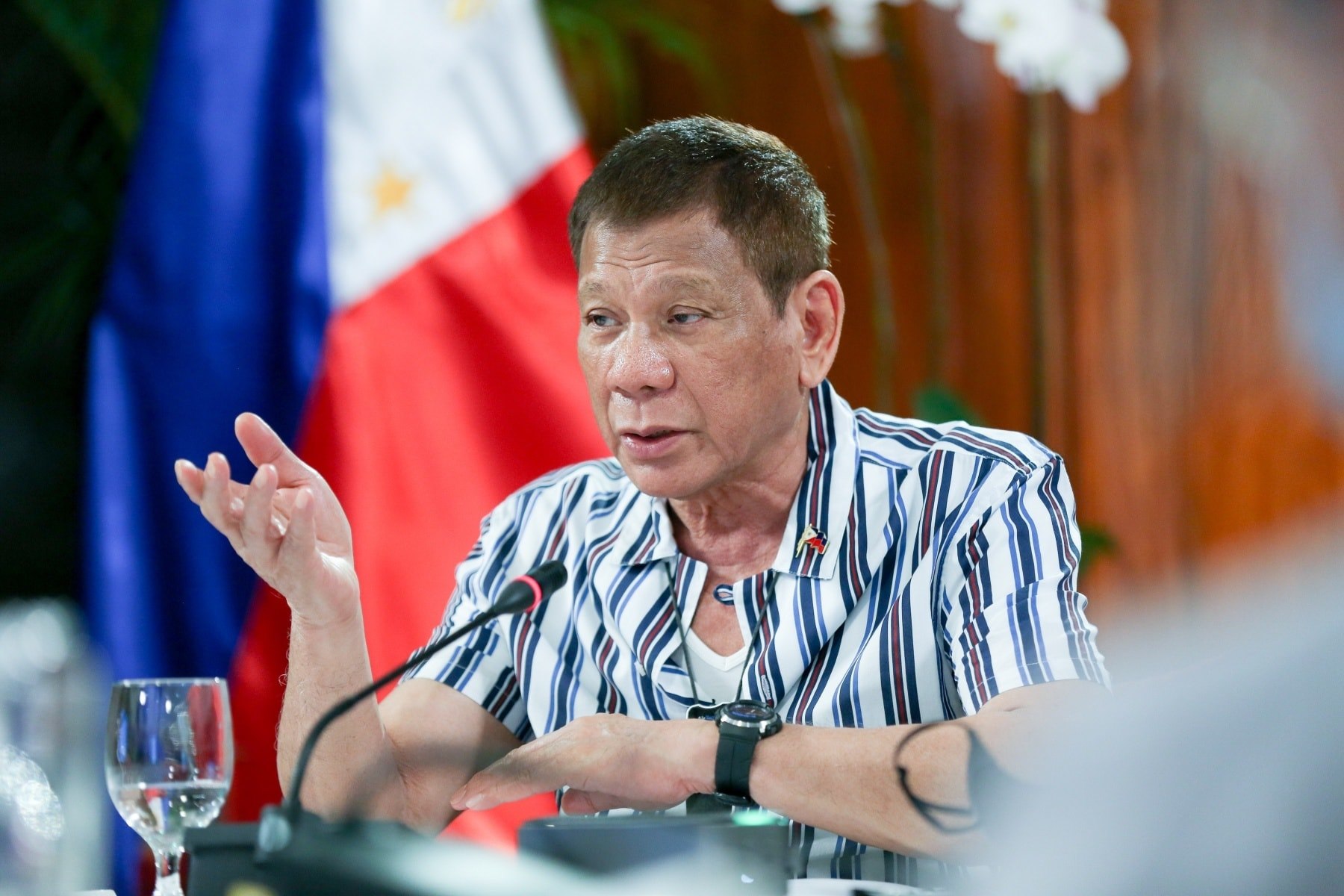President Rodrigo Duterte has decided to put Cebu City back under the enhanced community quarantine (ECQ), the strictest form of lockdown, starting today until June 30.
In a statement broadcast early this morning, Presidential Spokesman Harry Roque added that Talisay City, located in Cebu province, has been placed under the modified enhanced community quarantine (MECQ). Metro Manila will remain under the general community quarantine (GCQ) as well as the following areas: Cagayan, Isabela, Nueva Vizcaya, Quirino, Santiago City, Aurora, Bataan, Bulacan, Tarlac, Olongapo City, Cavite, Laguna, Batangas, Rizal, Quezon, Occidental Mindoro, Bohol, Cebu province (except Cebu City and Talisay City), Negros Oriental, Siquijor, Zamboanga City, and Davao City.
Read: Metro Manila put under general community quarantine despite spike of COVID-19 cases
There are several tiers in the country’s lockdowns: the strictest is the ECQ, where no one is allowed to work except for frontliners; followed by the MECQ, the GCQ, and the modified GCQ. The last three categories allow certain industries to partially operate.
Roque said the president’s decision was based on the data at hand while considering the impact of the lockdown on the province or city’s economy. The Philippine government uses the statistics reported by the Department of Health (DOH), which tallies the number of people who have tested positive of the coronavirus, as well as the deaths and recoveries. Experts have pointed out, however, that their data is incomplete and unreliable because it takes the DOH almost one week before it officially reports a patient’s death.
Cebu City was already under GCQ early this month but a team of researchers from the University of the Philippines (UP) warned last week that the number of infected residents in Cebu province could balloon up to 11,000 by June 30. The conclusion was based on the island’s reproduction number (R0) of 1.96, higher than Metro Manila’s, which stands between .96 and 1.19.
The (R0) is the expected number of people that one COVID-19 patient can infect in a susceptible population. This means that in Cebu, one patient can infect up to two people, a scenario that led the UP researchers to declare the province the second COVID-19 hotspot in the country after Metro Manila.
At present, the Philippines has one of the world’s longest lockdowns, surpassing even the one imposed on Wuhan, where the coronavirus was first discovered. As of yesterday, there are 26,420 COVID-19 cases in the Philippines, with 1,098 deaths and 6,252 recoveries.





Reader Interactions